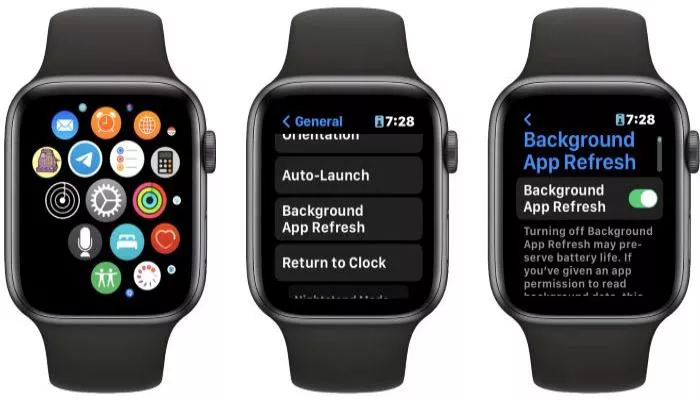Ten years after its debut, the Apple Watch remains a key product for Apple—yet recent updates have left fans wanting more. Rumors swirled about a potential “Apple Watch X” to mark the anniversary, featuring a redesigned magnetic band system that could free up internal space for a larger battery and additional components. However, what arrived in September was a modest upgrade rather than a groundbreaking evolution.
Promised Features Still Missing
Over the years, speculation about major health-tracking advancements has dominated discussions. Blood pressure monitoring, long rumored, may finally be in development, while non-invasive blood glucose measurement—once a hot topic—now appears years away, if it materializes at all.
The Latest Update Falls Short
The Apple Watch Series 10 delivered incremental improvements, borrowing elements from the premium Ultra model while trimming weight and thickness. Yet, for many enthusiasts, the update felt underwhelming—like expecting a crisp, refreshing drink only to receive something flat and lukewarm.
Declining Momentum in Sales
Market data reflects this stagnation. While the Apple Watch remains a significant revenue driver—evident in the predictable sales spikes each holiday season—growth has plateaued since the Series 7’s peak in late 2021. Even the Ultra model, despite its premium positioning, hasn’t reignited significant demand.
Time for a Bold Reinvention
With competition intensifying and consumer expectations rising, Apple must rethink its wearable strategy. Whether through groundbreaking health tech, a sleeker design, or entirely new functionalities, the Apple Watch needs more than just iterative updates—it needs a true reboot to reclaim its innovative edge.
Related topics:
- I tested every Apple Watch feature for battery drain. The usual advice is wrong
- This weirdly unknown trick is perfect for finding a misplaced iPhone
- Is the Apple Watch suffering an existential crisis?


